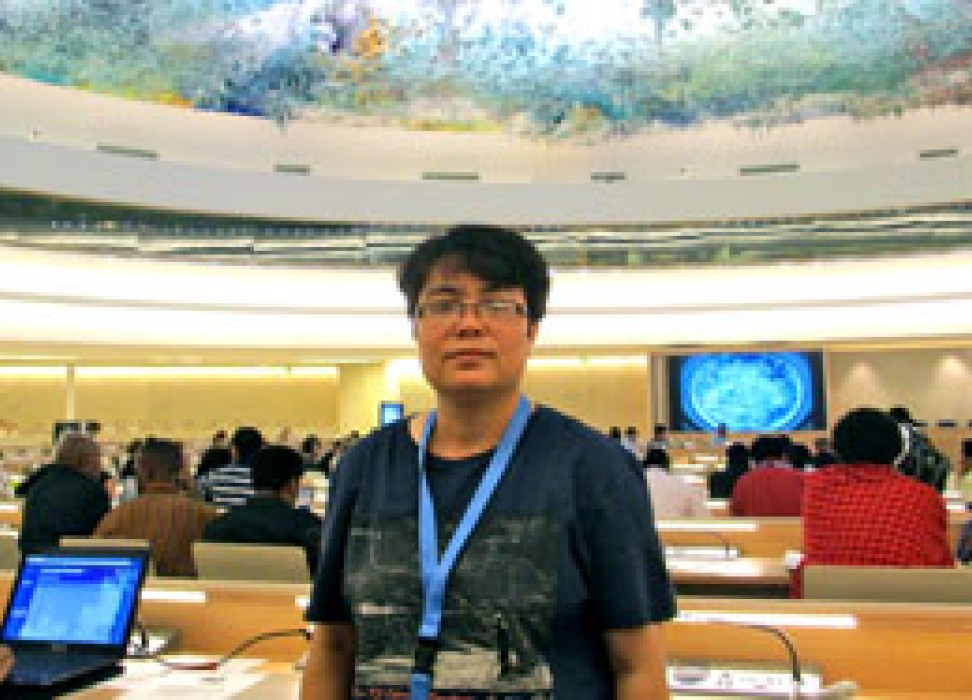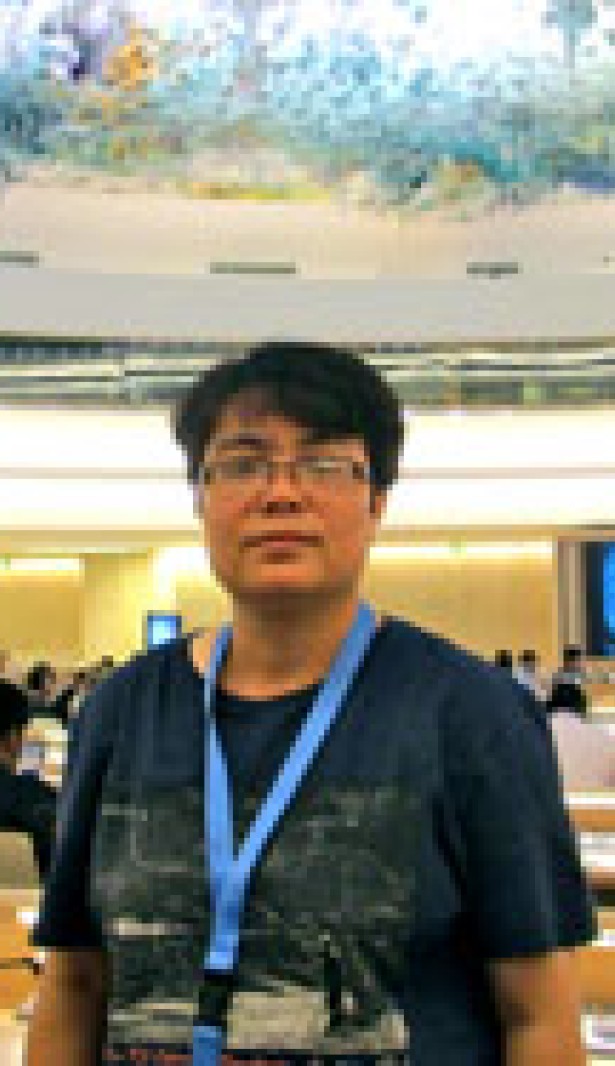Rajani Maharjan: campaigning for social change for the Newar people in Nepal
30 августа 2013

Discrimination against indigenous peoples remains deeply rooted in Nepal, according to Indigenous Fellow Rajani Maharjan, a member of the Newar community in Nepal.
The Newar are believed to have settled in the Kathmandu Valley in the 6th century B.C. Renowned for their impressive artistic achievements, the Newar people contributed to developing Kathmandu’s unique architectural style, which is a blend of Indian, Chinese and Tibetan cultural influences.
As one of the 26 fellows selected to participate in the 2013 Indigenous Fellowship Programme of the Office of the United Nations High Commissioner for Human Rights (OHCHR) in Geneva, Rajani was given the opportunity to learn about the UN system, human rights instruments and mechanisms, as well as the programmes and activities of other UN agencies. After completing the training programme, which was launched by the OHCHR in 1997, fellows can use their acquired knowledge to advance the human rights of indigenous peoples at the international level.
Rajani, who is the General Secretary for the Newar National Forum (Newa Dey Daboo) in Kathmandu, is currently advocating for the protection of Newar indigenous rights and recognition of their cultural and linguistic identity.
According to Rajani, the Newar language, also known as Nepal Bhasa, emerged in the 5th century. Between the 14th to the late 18th centuries, it was recognized as the court and state language of Nepal. It was also the language of stone and copper plate inscriptions, royal decrees, chronicles, Hindu and Buddhist manuscripts, official documents, journals, title deeds, correspondence and creative writing.
While Rajani believes more attention should be given to indigenous rights and the preservation of language and culture, she does acknowledge some progress. For instance, in 2007 Nepal became the first country in South Asia to ratify the International Labor Organization’s Indigenous and Tribal Peoples Convention 169, which deals specifically with the rights of indigenous and tribal peoples.
Nonetheless, Rajani believes “persistent and collective efforts” are required to improve the situation for indigenous peoples in Nepal which according to the Nepal Federation of Indigenous Nationalities, make up more than 37 per cent of the population in Nepal.
After participating in the four-week Indigenous Fellowship Programme, Rajani plans to bring together like-minded individuals in Nepal to share what she learned during the training. She hopes this will eventually lead to changes in government policy and greater protection of the rights of the Newar and other indigenous peoples in Nepal.
Achievements in indigenous peoples’ rights
2013 marks the 20th anniversary of the World Conference on Human Rights, which led to the adoption of the Vienna Declaration and Programme of Action and the establishment of a High Commissioner for Human Rights. Its creation gave a new impetus to the recognition of human rights principles which has seen fundamental progress in the promotion and protection of human rights.
In recent years, there have been significant advances in indigenous issues and rights, including the landmark adoption of the United Nations Declaration on the Rights of Indigenous Peoples in 2007. In the same year, an Expert Mechanism on the Rights of Indigenous Peoples was established by the Human Rights Council.
The United Nations Voluntary Fund for Indigenous Populations, established in 1985, gives indigenous peoples the opportunity to participate in the sessions of the Permanent Forum on Indigenous Issue (established in 2000), the Expert Mechanism, the Human Rights Council, including its Universal Periodic Review mechanism, and the treaty bodies. In 2012, the mandate of the Fund was expanded to include support for indigenous peoples to participate in the World Conference on Indigenous Peoples, to be held in 2014.
A Special Rapporteur on the rights of indigenous peoples was appointed in 2001.
The second International Decade of the World’s Indigenous People started in 2005 and will end in the year 2014. The first decade was from 1995 to 2004.
30 August 2013
